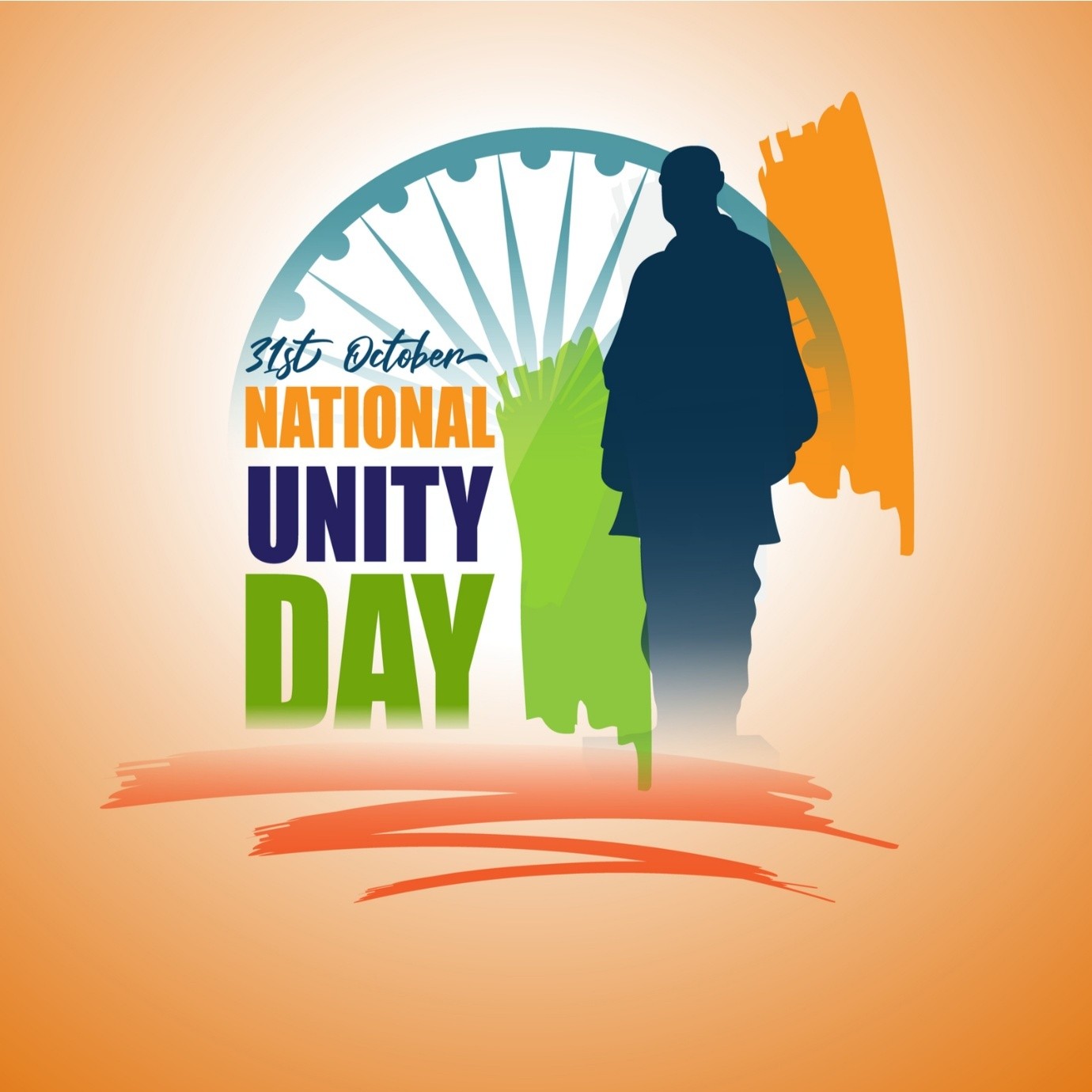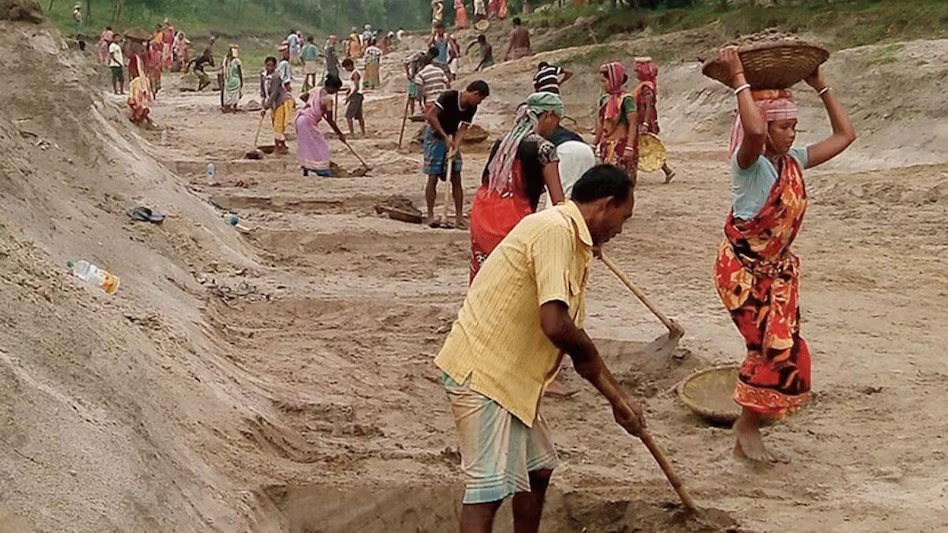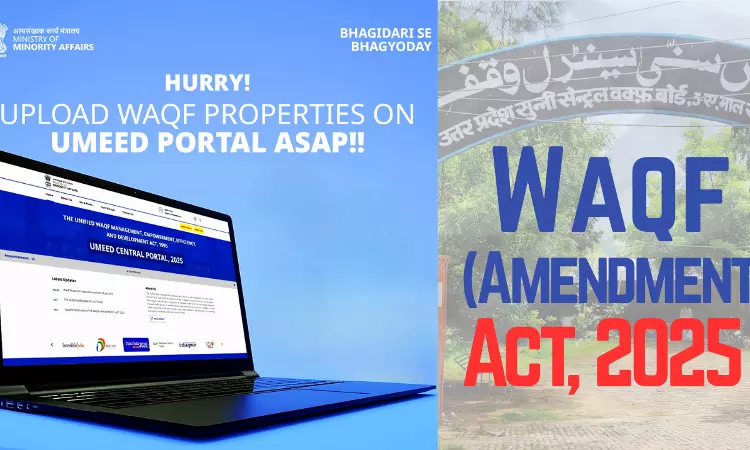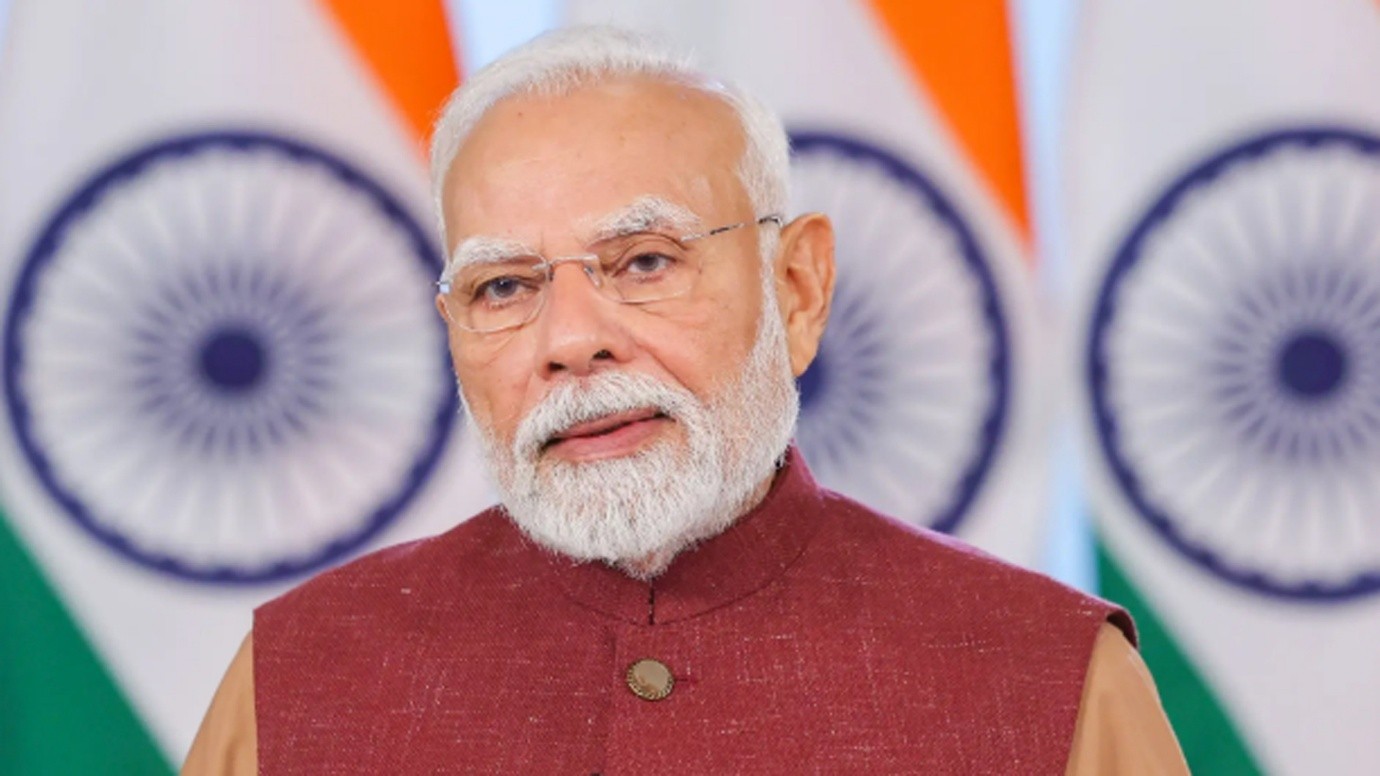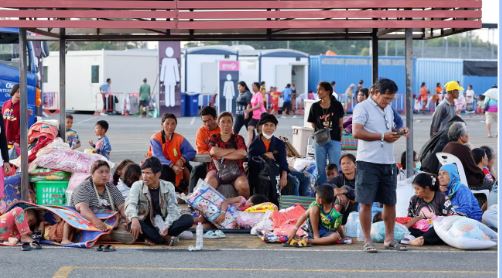Copyright infringement not intended
Picture Courtesy: News 18
Context:
Rashtriya Ekta Diwas, or National Unity Day, is observed annually on October 31 to honor Sardar Vallabhbhai Patel, the Iron Man of India. The day reminds citizens of Patel’s vital role in integrating over 560 princely states into a single nation post-independence.
Sardar Patel’s Legacy: The Architect of National Integration
Sardar Vallabhbhai Patel, India’s first Deputy Prime Minister and Home Minister, was instrumental in integrating princely states into the Union of India after 1947.
Through diplomacy, persuasion, and firm governance, Patel ensured the peaceful unification of the country and prevented its fragmentation.
He also established the All-India Services, famously described as the “Steel Frame of India,” to maintain unity and administrative stability across regions.
Rashtriya Ekta Diwas, or National Unity Day:
Rashtriya Ekta Diwas, also known as National Unity Day, is observed annually on October 31 to commemorate the birth anniversary of Sardar Vallabhbhai Patel, India’s first Deputy Prime Minister and Home Minister. The day honors his pivotal role in uniting over 560 princely states into independent India, ensuring the nation’s territorial integrity and stability.
Rashtriya Ekta Diwas also serves as a platform to promote initiatives like Ek Bharat Shreshtha Bharat, which encourage cultural exchange, mutual understanding, and bonding between different States and Union Territories, turning the spirit of unity into a year-long movement.
Ek Bharat Shreshtha Bharat: Continuing Patel’s Vision
Launched in 2015, the Ek Bharat Shreshtha Bharat (EBSB) program furthers Patel’s ideals by promoting:
- Emotional bonds among citizens.
- Cultural and linguistic exchange.
- Mutual understanding between states and union territories.
- Sharing of best practices and traditions across regions.
Key EBSB Initiatives
- Bhasha Sangam App: Learn basic phrases in 22 Indian languages.
- Student Exchange Programs: Yuva Sangam and EBSB Clubs connect youth across states.
- Cultural Festivals: Events like Kashi Tamil Sangamam showcase regional unity.
- Digital Engagement: Through the EBSB Portal and My Bharat Digital Platform, citizens participate in quizzes, cultural uploads, and awareness campaigns promoting unity.
The EBSB initiative extends the message of Rashtriya Ekta Diwas beyond a single day—making national integration a continuous movement.
The Sardar@150 Unity March
Organized by the Ministry of Youth Affairs and Sports through the My Bharat platform, the Sardar@150 Unity March inspires patriotism and civic responsibility among youth.
Structure of the March
- Phase 1 (Oct 31–Nov 25, 2025): District-level foot marches, awareness programs, essay competitions, and cleanliness drives.
- Phase 2 (Nov 26–Dec 6, 2025): National Padyatra from Karamsad (Sardar Patel’s birthplace) to Statue of Unity, covering 152 km.
Activities include tree plantations (Sardar Upvan), health camps, and exhibitions on Patel’s life and India’s cultural diversity.
Who was Sardar Vallabh Bhai Patel?
Sardar Vallabhbhai Patel (31 October 1875 – 15 December 1950) was one of India’s most respected freedom fighters, political leaders, and statesmen. Often called the “Iron Man of India”, he played a key role in shaping the modern Indian nation after independence.
His Vision:
Unity and Integrity
- Believed that India’s strength lies in national unity and emotional integration.
- Worked tirelessly to merge princely states into one nation.
Discipline and Duty
- Valued hard work, order, and commitment to responsibility.
- Expected the same dedication from public servants and citizens alike.
Honesty and Integrity
- Led a life of simplicity and truthfulness.
- Took every decision keeping national interest above personal gain.
Practical Wisdom
- Focused on realistic and effective solutions rather than mere ideology.
- Balanced Gandhian ideals with administrative pragmatism.
Selfless Service
- Considered leadership as a duty, not a privilege.
- Dedicated his life to the welfare and unity of India.
Courage and Determination
- Faced challenges boldly during the turbulent post-independence years.
- Never hesitated to take tough decisions for the greater good.
Equality and Inclusiveness
- Respected India’s diversity and aimed for equal participation of all communities.
Strong Governance and Institution Building
- Believed in efficient administration and founded the All India Services, calling them the “Steel Frame of India.”
Early Life and Background:
- Born in Nadiad, in present-day Gujarat.
- Studied law in England and practiced as a successful lawyer in India.
- Deeply influenced by Mahatma Gandhi’s ideals and joined the Indian freedom struggle in the early 1920s.
Early Career and Entry into Public Life
- Patel began his professional life as a lawyer in Ahmedabad, known for his honesty and sharp intellect.
- Although initially focused on his legal career, he was deeply moved by Mahatma Gandhi’s call for national awakening during the Indian independence movement.
- In 1917, he was elected as the Secretary of the Gujarat Sabha, a political organization that later became a strong base for the Indian National Congress in the region.
- This marked his entry into active politics and social reform.
Leadership in Peasant Movements
- Patel first gained prominence through his leadership in local struggles for farmers’ rights:
- Kheda Satyagraha (1918): Supported farmers affected by floods and crop failure, urging the British to waive taxes. His efforts, under Gandhi’s guidance, led to the suspension of tax collection.
- Bardoli Satyagraha (1928): When the British raised land revenue taxes by 30%, Patel led a successful non-violent protest. His victory earned him the title “Sardar”, meaning leader or chief, given by the people of Bardoli.
These movements showcased his ability to organize people and negotiate effectively with the colonial administration, boosting his national reputation.
Rise in the Indian National Congress
- After the Bardoli victory, Patel became one of the most trusted leaders of the Indian National Congress (INC).
- He worked closely with leaders like Mahatma Gandhi, Jawaharlal Nehru, and Subhas Chandra Bose.
- He played a significant role in:
- The Non-Cooperation Movement (1920–22)
- The Civil Disobedience Movement (1930–34)
- Organizing the Quit India Movement (1942) at the grassroots level.
- His organizational skills earned him the reputation of the Congress’s chief strategist and troubleshooter.
Role in Pre-Independence Politics
- Patel served as the President of the Indian National Congress in 1931 at the Karachi Session, where the party formally adopted resolutions on fundamental rights and economic policy, reflecting his balanced vision of freedom and governance.
- Throughout the 1930s and 1940s, he was known for his practical approach and ability to mediate internal party conflicts.
Leadership During and After Independence
- When India achieved independence in 1947, Patel became the first Deputy Prime Minister and Home Minister in Pandit Nehru’s Cabinet.
- He took charge of integrating over 560 princely states into the Indian Union, ensuring the country’s territorial unity and political stability.
- His firm and decisive leadership during this period cemented his position as the “Iron Man of India.”

Source: PIB
Lessons to be learned from Vallabh bhai Patels leadership:
- Unity is Strength: Patel showed that a nation thrives when its people stand together.
- Decisive Leadership: He made bold, timely decisions for India’s unity and stability.
- Integrity and Selflessness: Served the nation with honesty, without seeking personal power.
- Practical Vision: Combined ideals with realistic and effective action.
- Discipline and Duty: Believed in hard work, order, and responsibility in public service.
- People-Centered Leadership: Empowered common citizens, especially farmers, to fight for their rights.
- Institution Building: Created strong systems like the All India Services for lasting governance.
- Courage in Crisis: Stayed firm and calm during challenging times like Partition.
- Inclusive Outlook: Promoted unity in diversity and respect for all communities.
- Action-Oriented: Led by example—believed in doing more than speaking.
Conclusion:
Sardar Vallabhbhai Patel’s life is a timeless example of strong, principled, and nation-first leadership. His vision of a united India, built on discipline, integrity, and inclusiveness, continues to guide the country today. Through his courage and determination, he turned the dream of one India into reality. His legacy reminds us that true leadership lies in service, unity, and unwavering commitment to the nation’s welfare.
Source: PIB
|
Practice Question
Q. Discuss the leadership qualities of Sardar Vallabhbhai Patel and explain how his vision and actions contributed to building a united India. (150 words)
|
Frequently Asked Questions (FAQs)
Sardar Vallabhbhai Patel was India’s first Deputy Prime Minister and Home Minister, known as the “Iron Man of India.” He played a crucial role in uniting over 560 princely states after independence, laying the foundation of a strong and unified India.
He earned this title for his firmness, determination, and strong will in uniting the nation and maintaining internal stability during the turbulent post-independence period.
His greatest contribution was the political integration of India—bringing together princely states and British provinces to form one nation.




